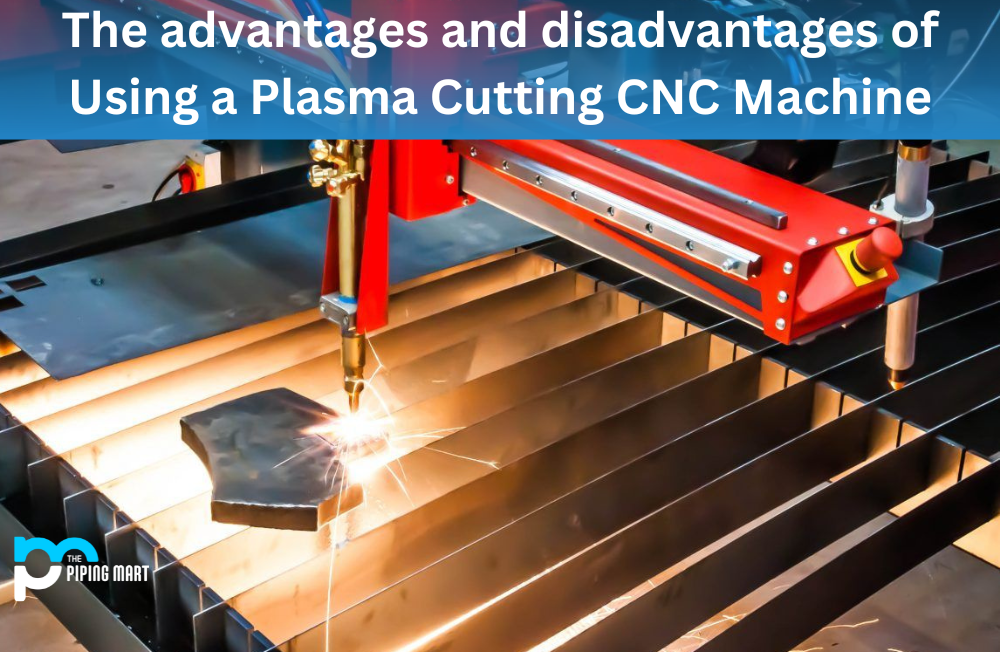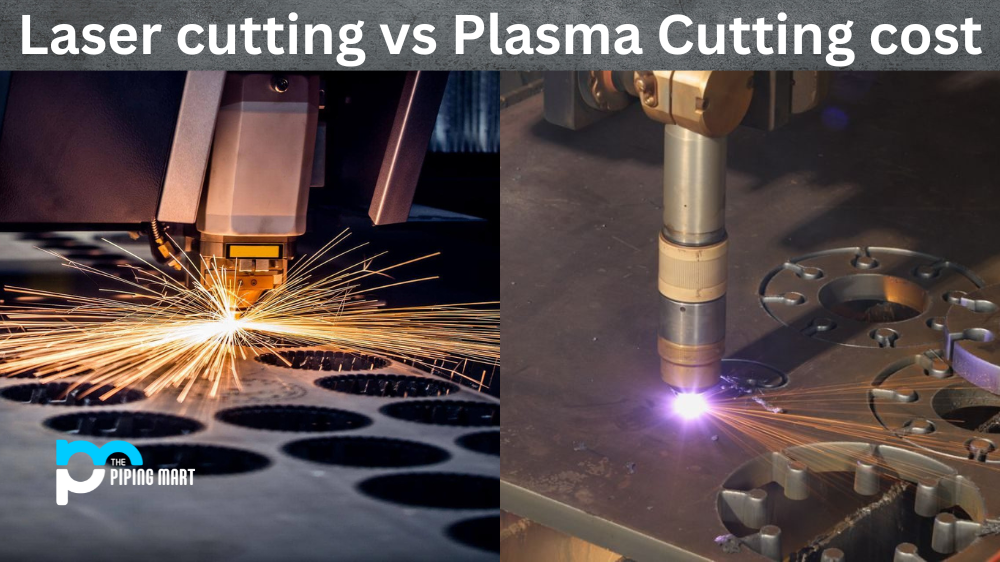What You Need To Know About Precision Aluminum Saw
Manufacturers frequently contract out their sawing work to specialized firms. This is sensible for various reasons, particularly for smaller companies, since it will lower your investment and leave the occasionally sensitive sawing operations to the professionals. But even if you aren’t conducting the sawing yourself, it’s still essential that you comprehend the many sawing processes so that you may express your needs effectively and receive precisely what you require.
The vertical saw is one type of saw that is frequently used with an aluminium plate. These vertically oriented band saws let machine operators push the plate or block while the blade stays still. With more sophisticated models, they offer attributes like automatic feed control that enables a high level of precision and reproducibility.
These saws also exist in a wide range of sizes, the largest of which can handle plates or blocks that are at least 60 inches thick and have blades that are several inches wide. Such saws may be so huge that a platform for the machinist to stand on is included. On the other hand, the smallest vertical plate saws are portable and handheld, enabling exact cuts and providing the mobility to cut aluminium almost anywhere.
Of course, many people have used wood saws to cut aluminium. You probably wouldn’t want to accomplish this with steel or other metals, but aluminium’s unique qualities make it viable. Aluminum can be cut with a wood saw if the right blade is used, and there are plenty of lubricants. However, it’s crucial to remember that only aluminium sheets or other components that are thinner than a quarter inch can be used for this. On an aluminium plate, this procedure should not be used.
What You Need To Know About Flatness And Tolerance
An aluminium plate that is the right size can make the operation go a lot easier, so to speak, whether you are cutting the material yourself or giving it to an outside machinist. This is because receiving metal that has already been precisely cut might save you a lot of time. This will shorten your product cycle and free up machine time.
When working with precise parts and assemblies that need pieces to be joined across a surface area in an airtight manner, flatness can be a crucial attribute when working with plates that significantly influences the quality of the overall application. Statistical flatness or overall flatness, the separation between the nearest parallel planes within, can be used to define flatness in manufacturing.
We must deal with tolerances, which specify the permitted deviation within a specific area because no surface is ever perfectly level. The flatness control determines the exact amount that a surface may deviate from the ideal flat plane. To apply the desired tolerance to a surface, utilize a feature control frame. The frame may either rest on the extension line extending from the surface or point at the surface itself. The surface can be seen as a line because of how the frame is positioned. The surface must be located between two parallel, spaced-apart planes. The terrain becomes flattered as the distance increases.
What Alloys Work Best With Precision Plate Saws?
When choosing what alloy of aluminium plate you want for your application, it is essential to be aware of your requirements. For almost any task that can be imagined, Clinton Aluminum supplies various alloys and grades in different thicknesses.
The aerospace and aviation industries use aluminium plates in large quantities, and one of the most common grades is 7075, which is widely known for being highly durable and robust. It is perfect for highly stressed sections due to its excellent weight-to-strength ratio. Along with outstanding low-temperature characteristics, it also exhibits electrical conductivity 36% as good as copper.
The aluminium plate made of 6061 is easily formable, weldable, and machinable. It possesses the best corrosion resistance of all heat-treated aluminium, which is one of the reasons it is used in so many applications. Both industrial buildings and marine settings contain it. 6061 has a conductivity of 40% that of copper in electrical terms.
The M-5 aluminium plate is another of our well-liked goods. Compared to the most popular forged and wrought big aluminium blocks, M-5 is a more economical option. Meanwhile, prototype and low-volume manufacturing applications typically use Duramold 5 aluminium plates. The greatest size of any mould plate alloy is accessible to mould builders thanks to its production in a cutting-edge casting plant.

Pipingmart is B2B portal specializes in industrial, metal and piping products. Also, share latest information and news related to products, materials and different types grades to help business dealing in this industry.




